Submitted by WA Contents
Selgascano’s old Louisiana pavilion exhibited in Denmark turns into a school in Kenya’s slum
Kenya Architecture News - Jan 10, 2017 - 15:02 23482 views
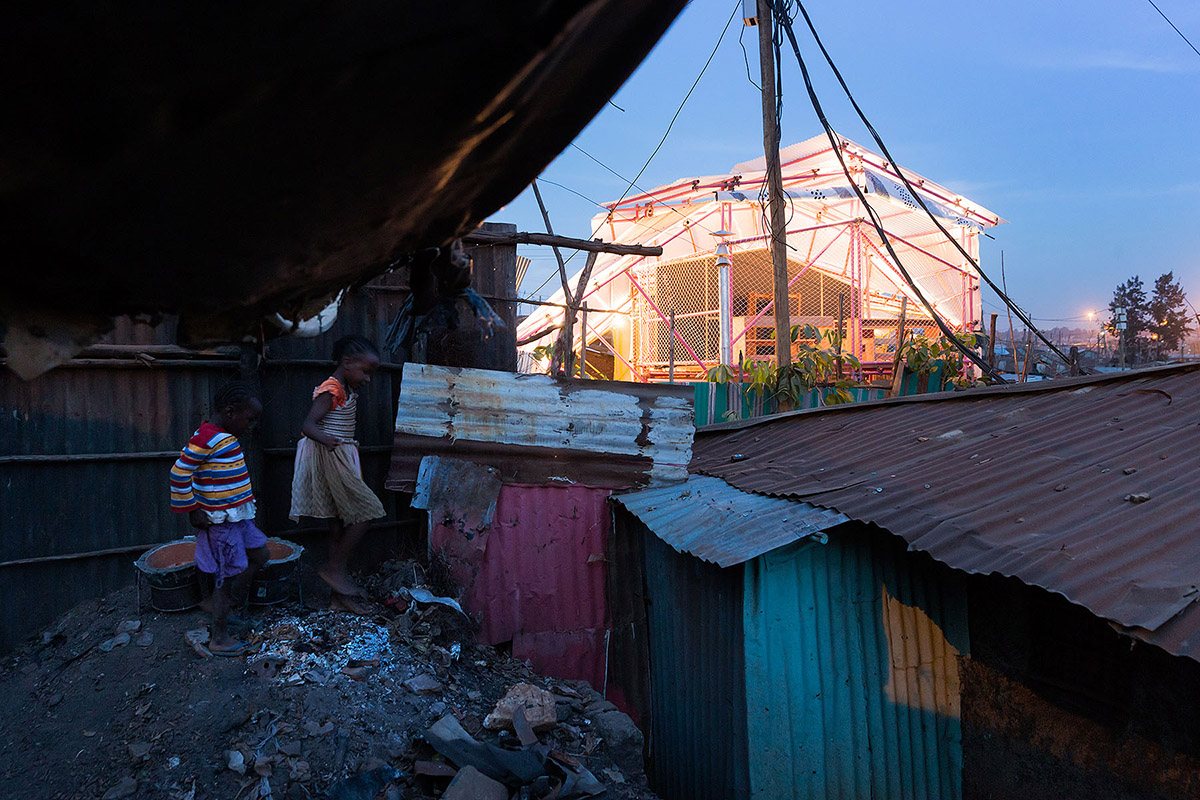
Selgascano's old Louisiana pavilion installed in the garden of Louisiana's Museum of Modern Art now becomes a school in Kenya's slum where there is a lack of city, energy and educational infrastructure. Selgascano previously installed Kibera Hamlets in Louisiana's Museum of Modern Art, Denmark as a pavilion, the installation emerged as a form of prototypical architecture, challenging the tectonic and formal possibilities of conventional construction assemblies.
Now, Selgascano-designed Kibera Hamlets will serve as a school equipped to engage severe economic and logistical constraints in the production of an engaging educational environment. The result is an atmosphere,enriched in its color and material texture as well as an attitude for new global adaptable collaborations.
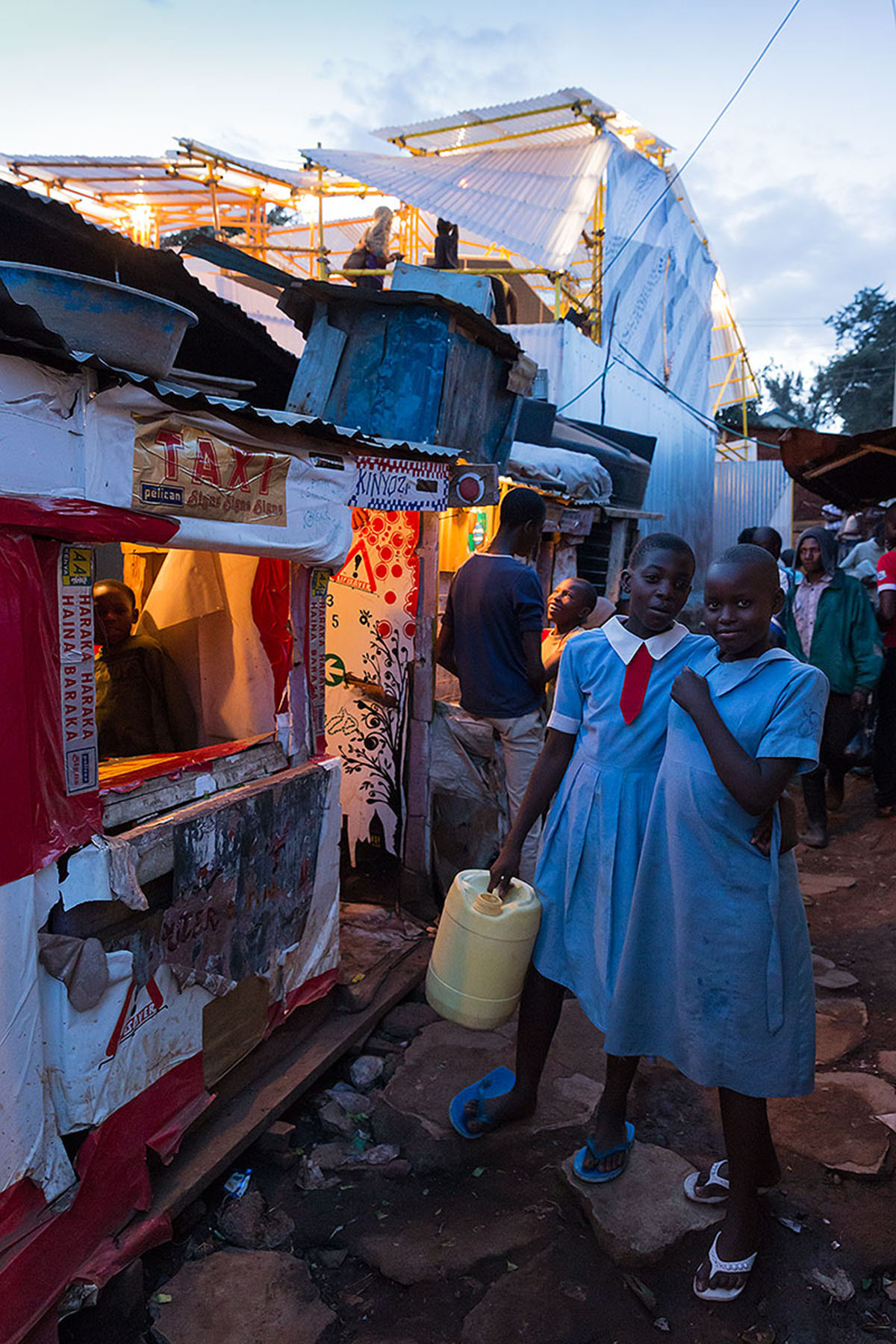
''Kenya is a place where long entrenched cultural traditions interact with the fervor of urban modernization. Both in the heart of Nairobi, and at the peripheries, the line is contentious, sharply delineating a country into the past and future,'' said Selgascano.
''In moments, the global repertoire of modern construction techniques becomes bound in a Kenyan vernacular, where an old approach is expressed with contemporary parts. Louisiana Hamlet Pavilion formulates a reciprocity where the local, is explored via the techniques of the global, of the universal standard.''
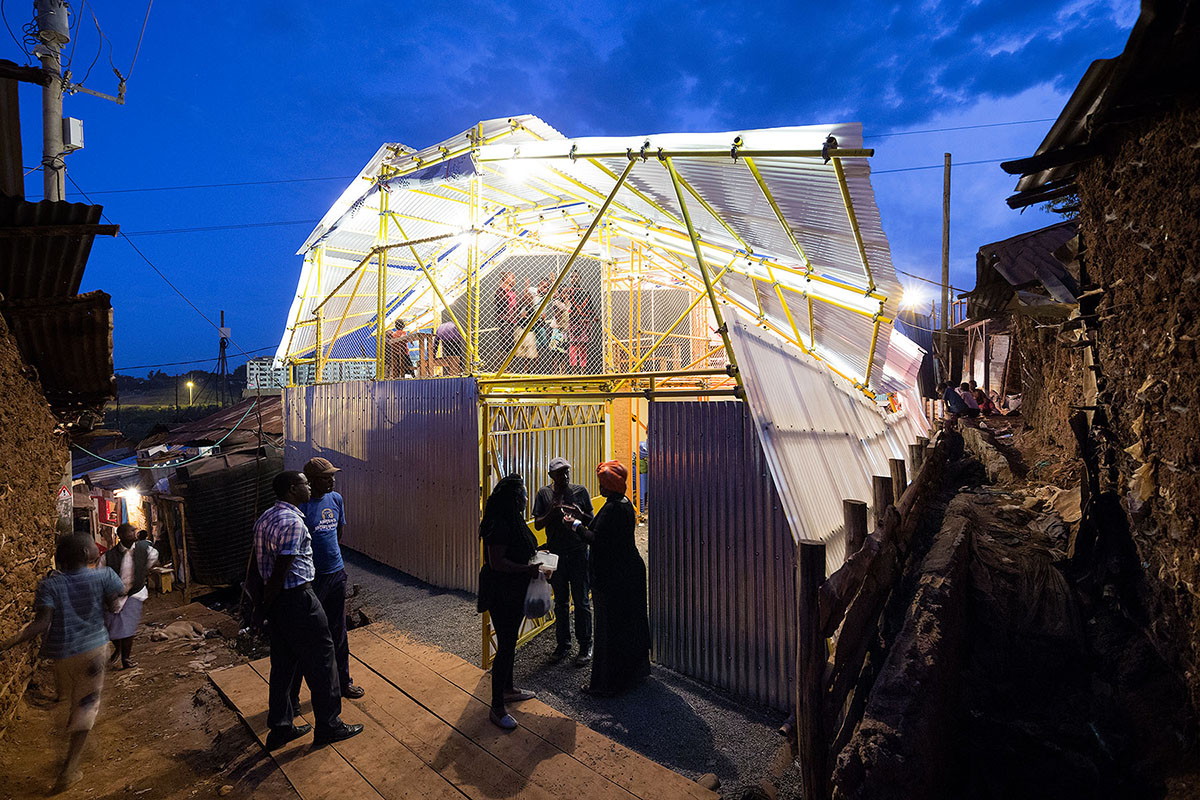
The project was derived from the traditions of early society architecture and informed by the digital logic of contemporary architectural practice, the project describes a mode of interaction, a social algorithm through which a set of simple rules informs the generation of architectural space across a broad range of contexts, crafts, and skill sets.
Louisiana Hamlet Pavilion is an act of architectural misconstruction, formulated out of universally available scaffolding components organized into sets of modular assemblies defined by modifiable parameters. A strategy of on site constrained improvisation allows a crowd-sourced model to productively amplify errors and idiosyncrasies as drivers of aesthetic variation.
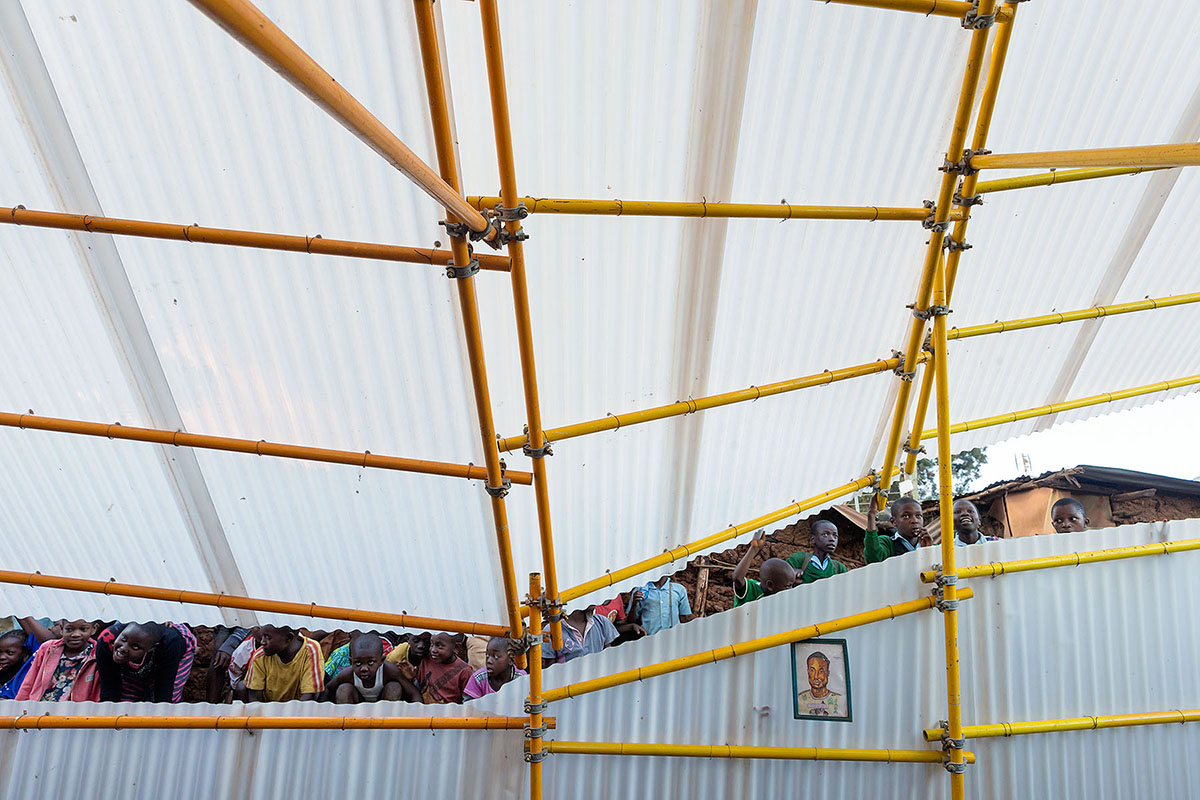
Reconfigurable connections and identical elements extend the afterlife of the project enabling an adaptive response to the wide range of cultural and the economical constraints of both of its sites: in Kibera, Nairobi and the Lousiana Museum in Denmark. At work is a reformulation of existing ideas inherent in the global construction industry, exploiting scaffoldings periodic life-cycle towards an architecture of reuse and variation.
Kibera Hamlets is a community-based organization (CBO) founded in 2004 by youth from Kibera. Currently, they serve more than 150 underprivileged adolescents and children from high poverty and high violence backgrounds, 65% of whom are orphans and 10% of whom are HIV positive.
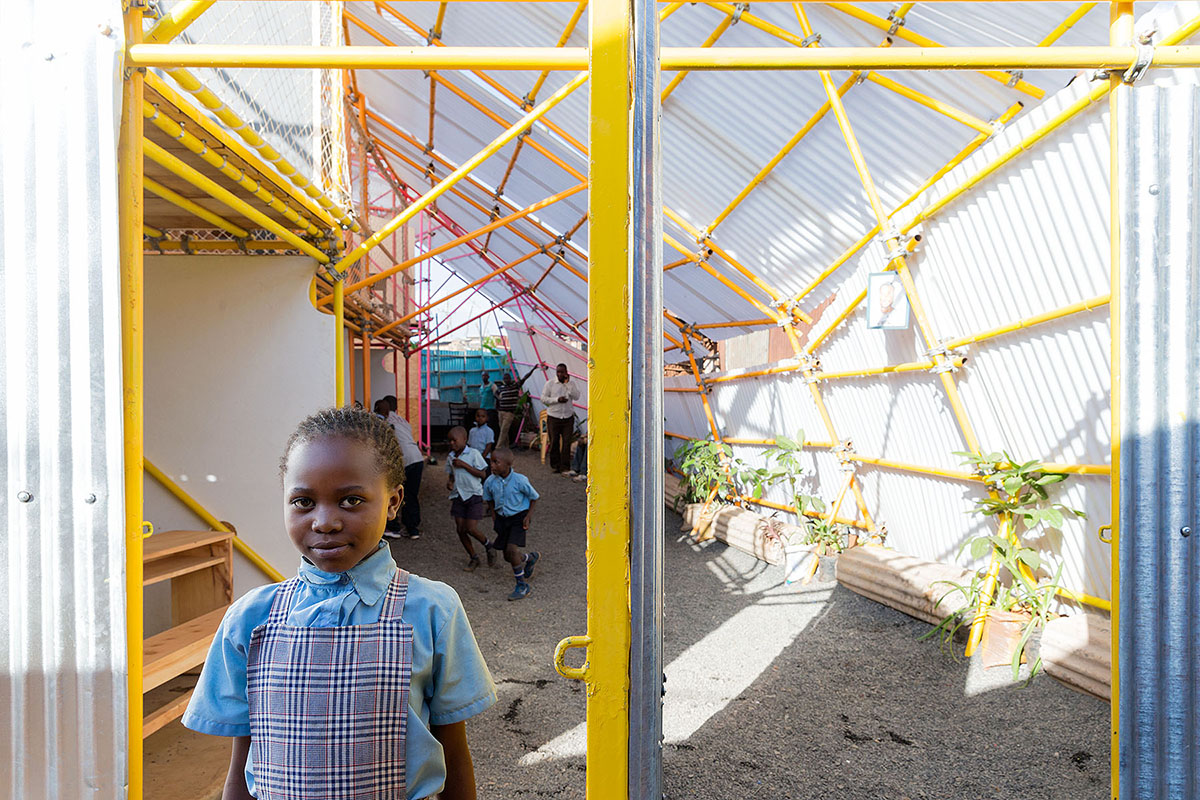
They initially started with a football team as their main activity, participating in tournaments and coaching, as a way to educate and reduce idleness as well as risky behavior among the youth in Kibera.
Presently, Kibera Hamlets runs several different programs, including a school (nursery, primary and secondary level), which is supported by a scholarship program funded through contributions & donations.
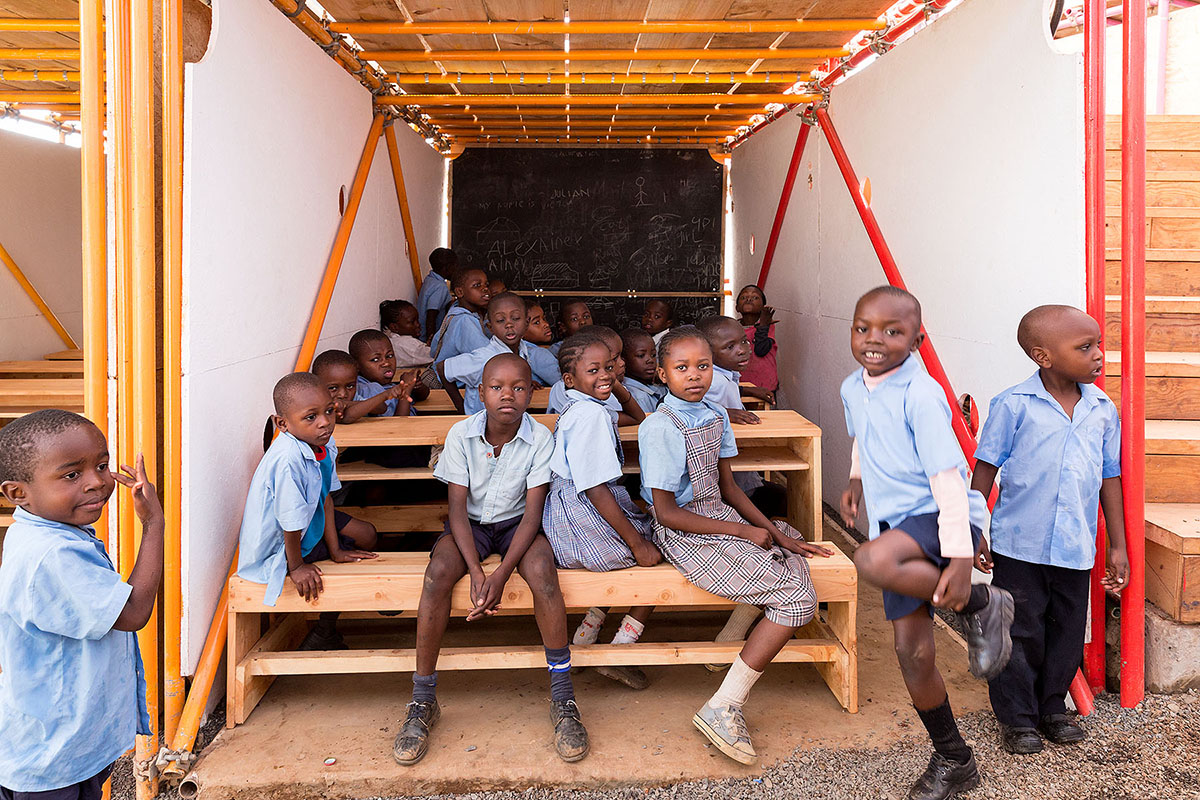
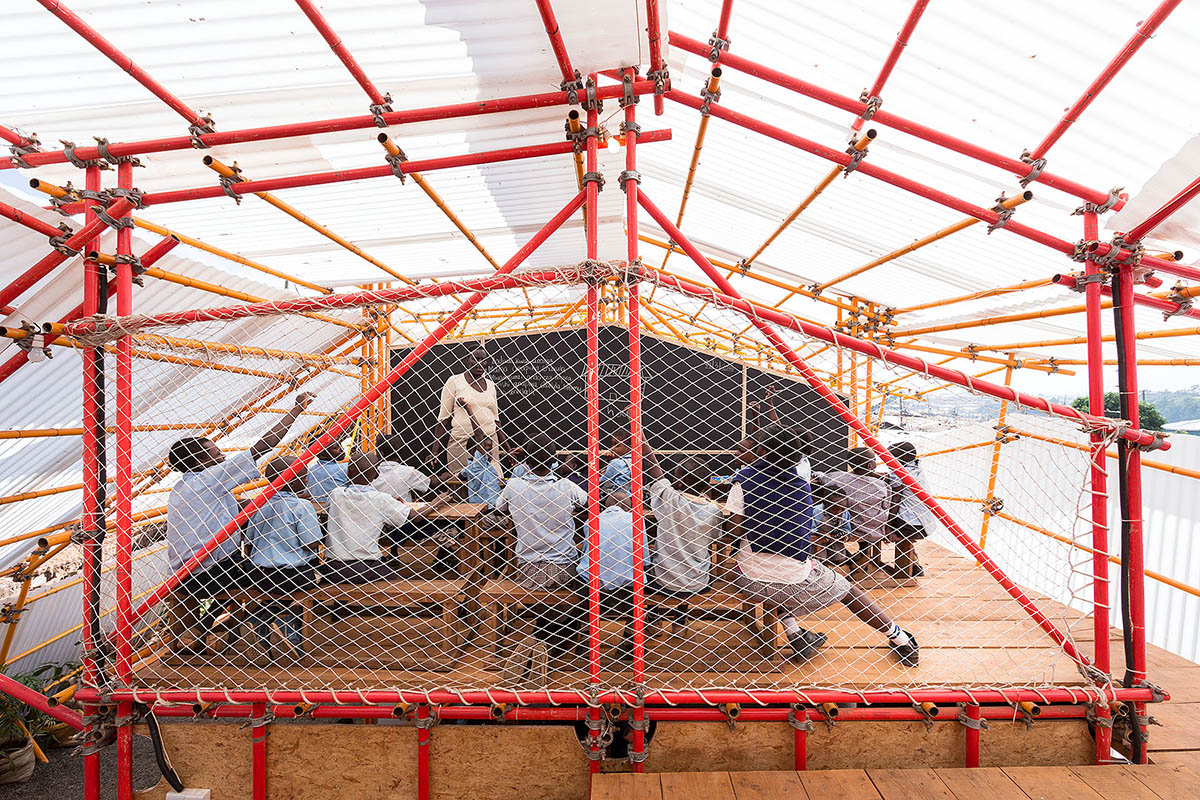
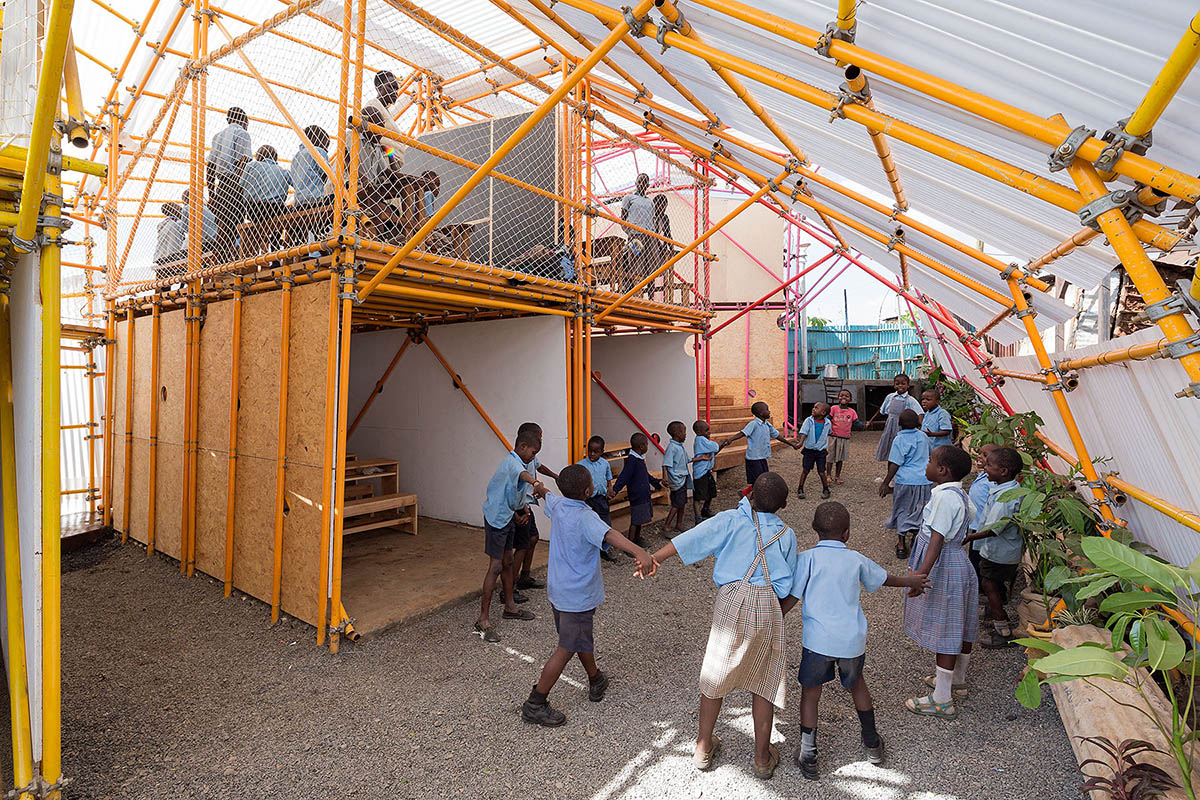
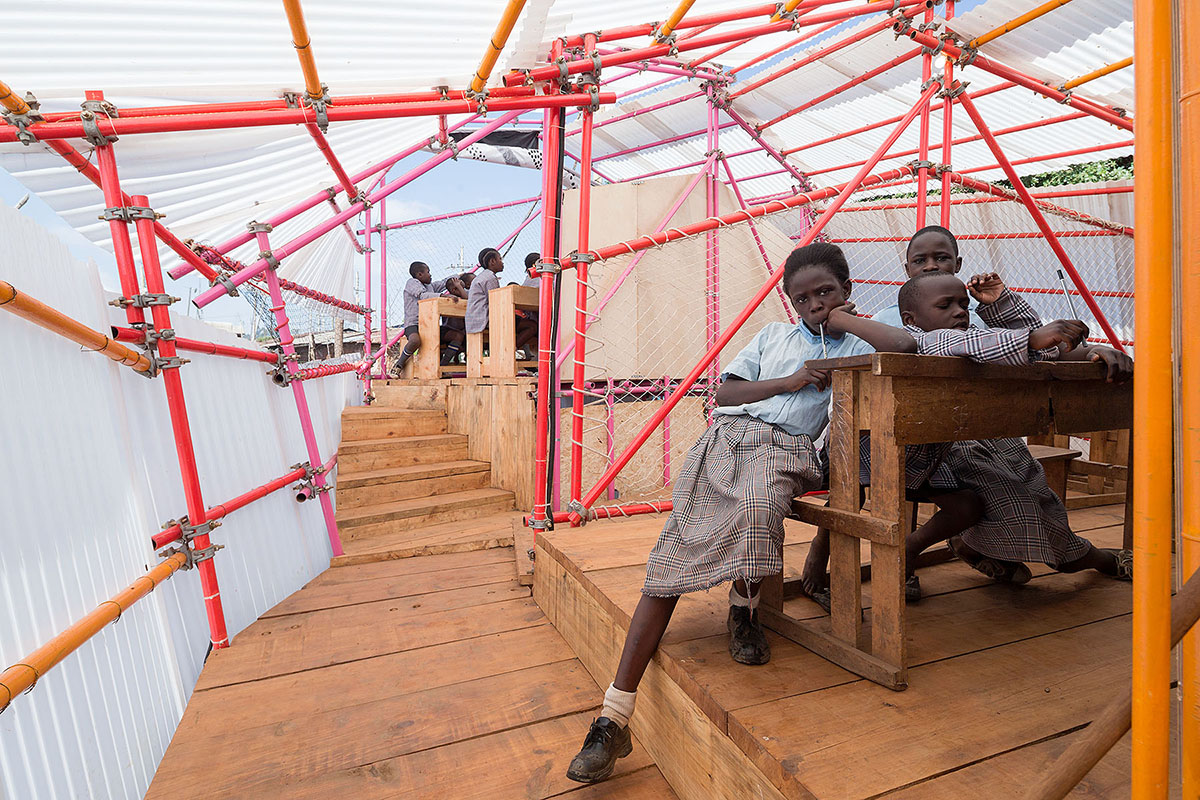
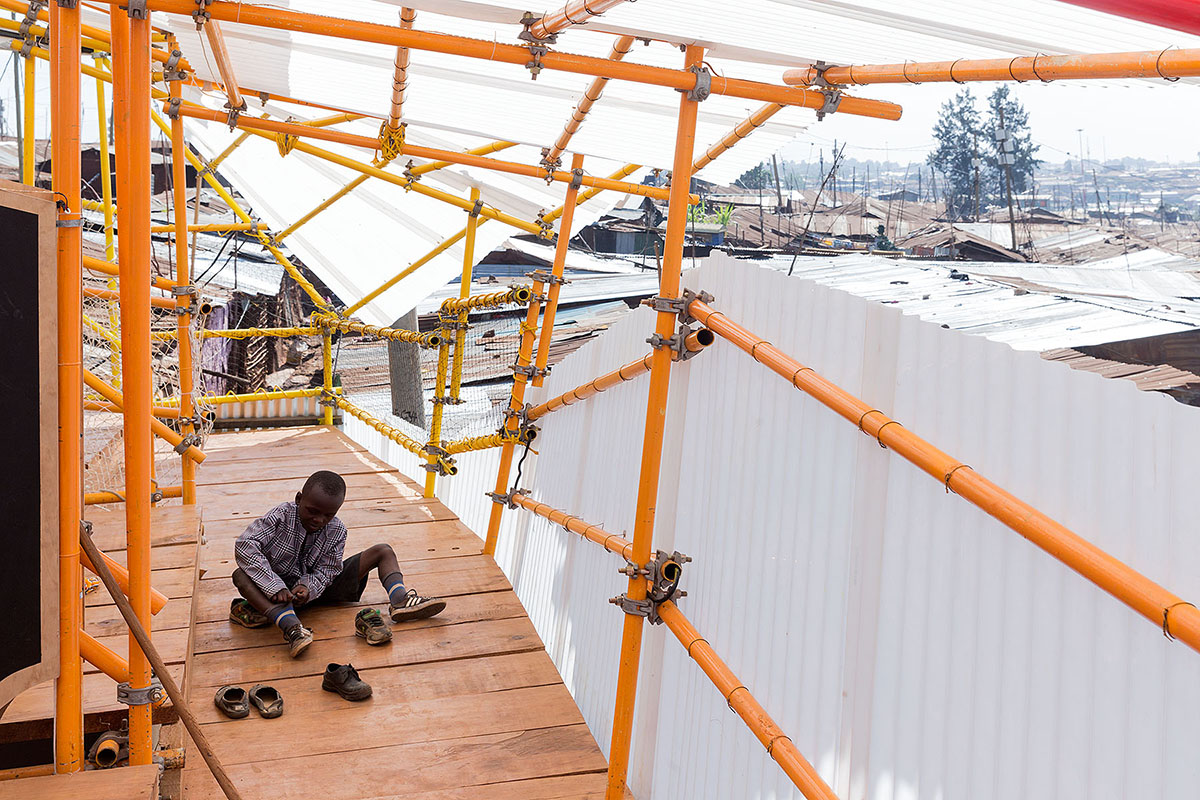
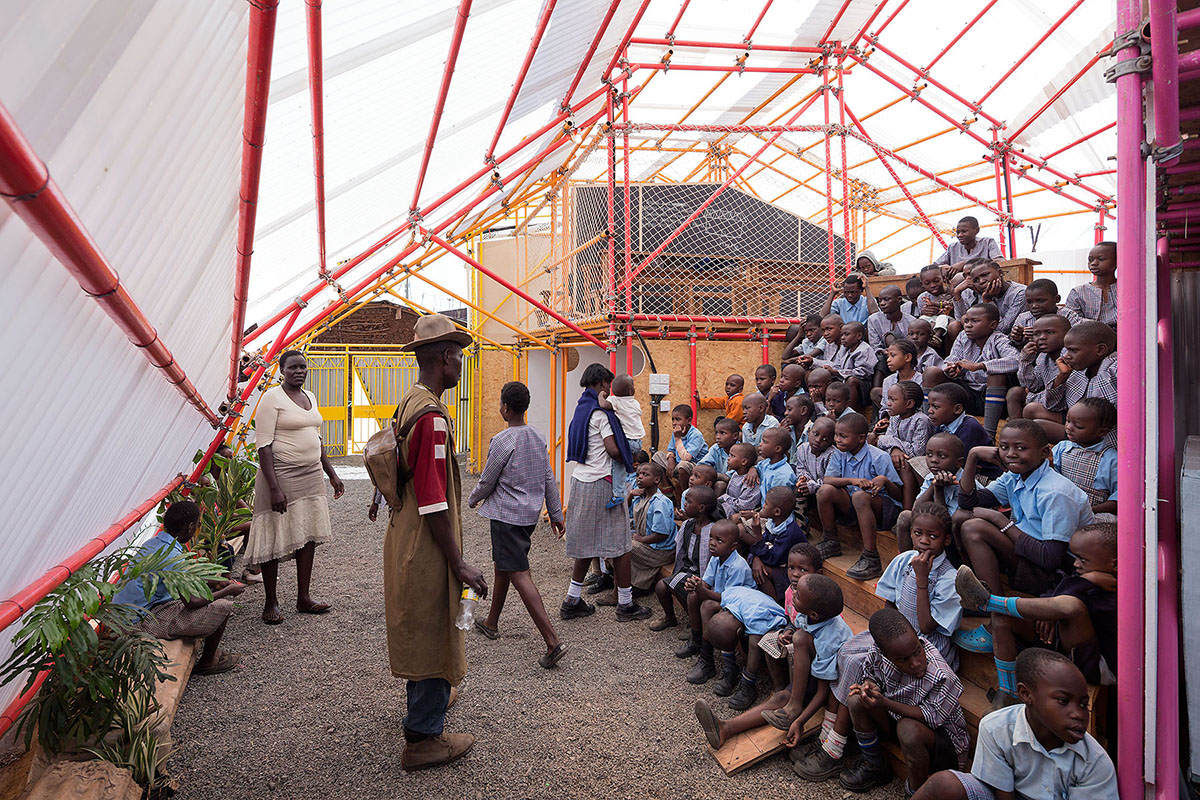
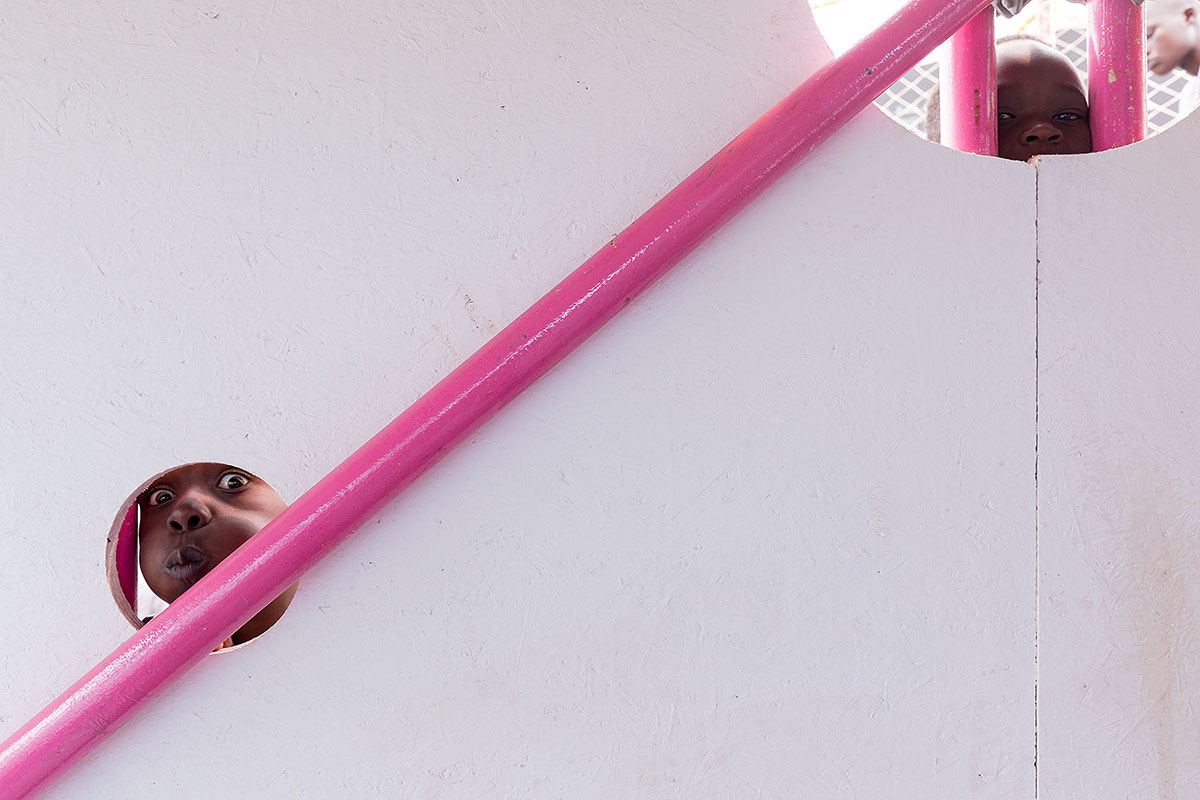
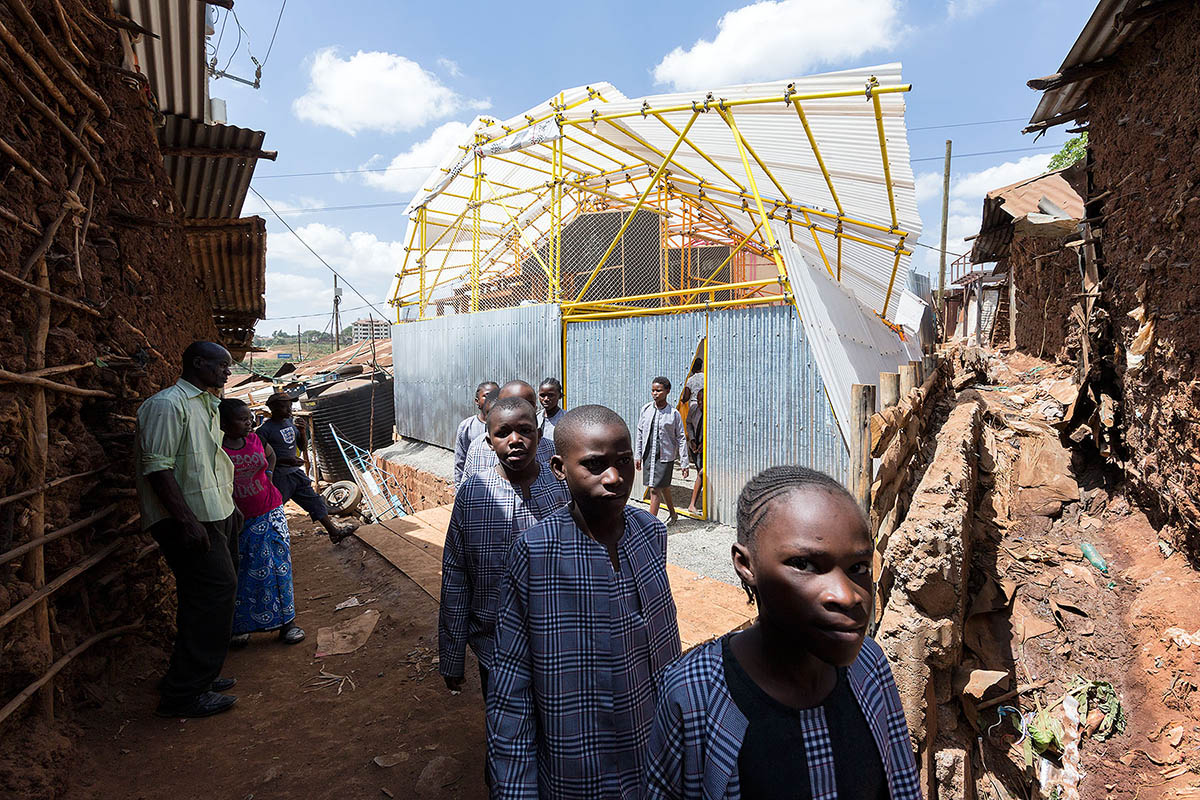



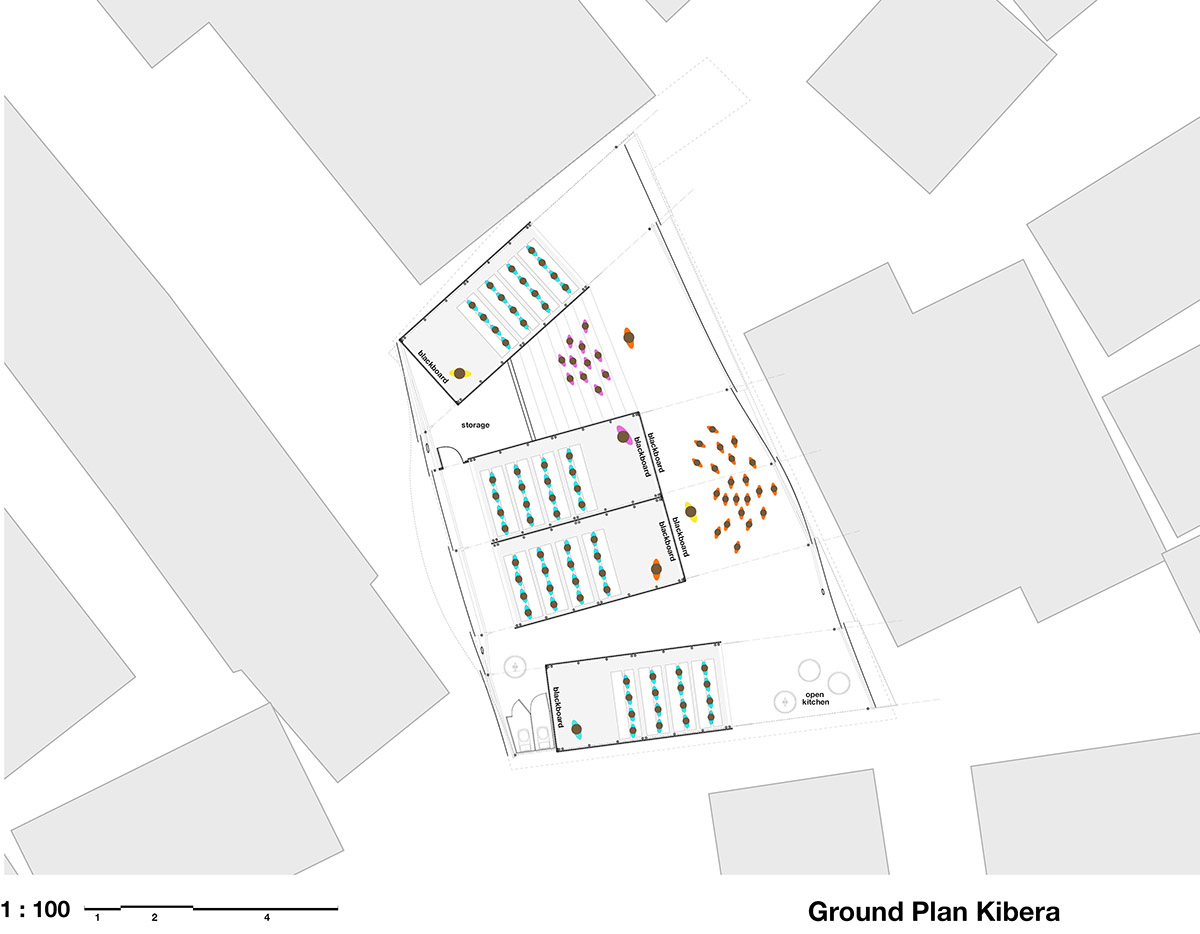
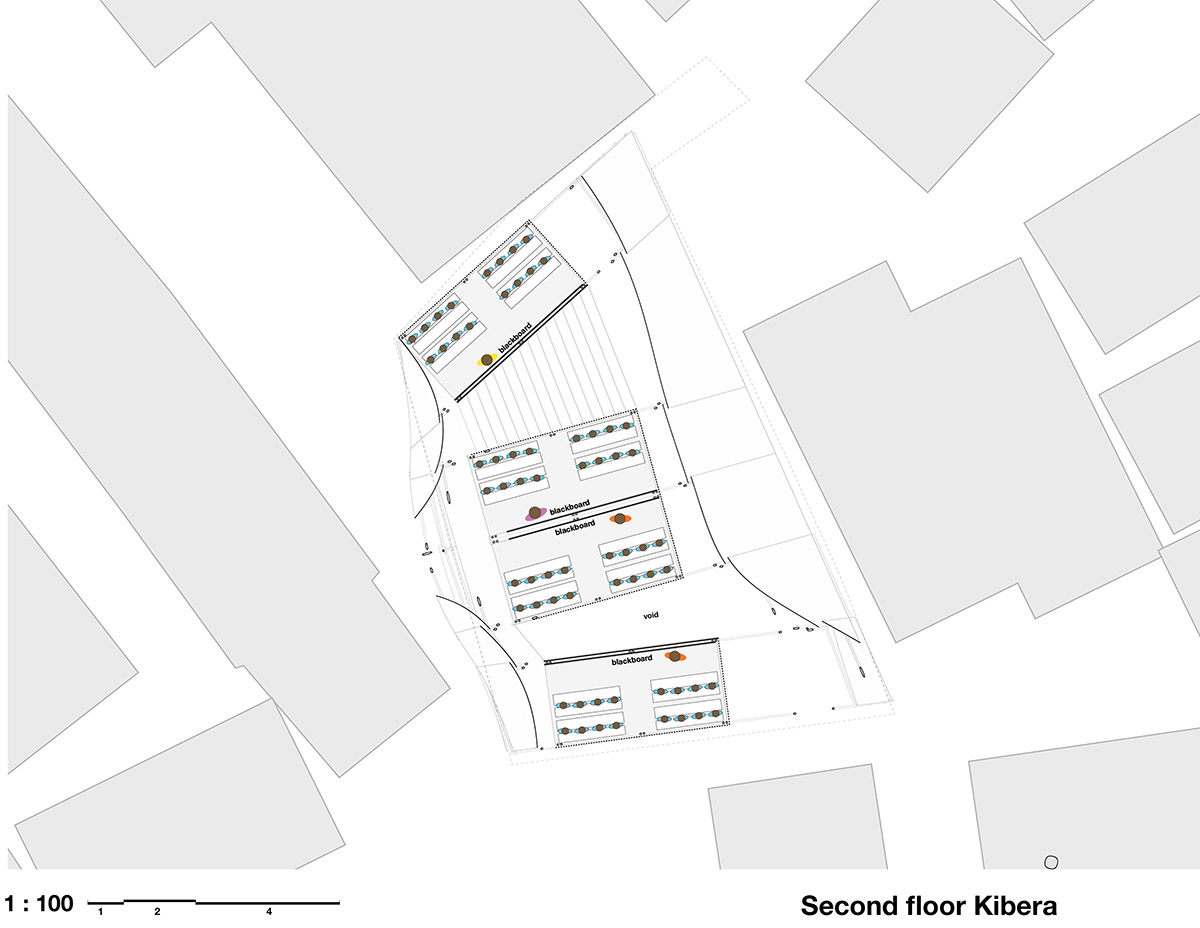
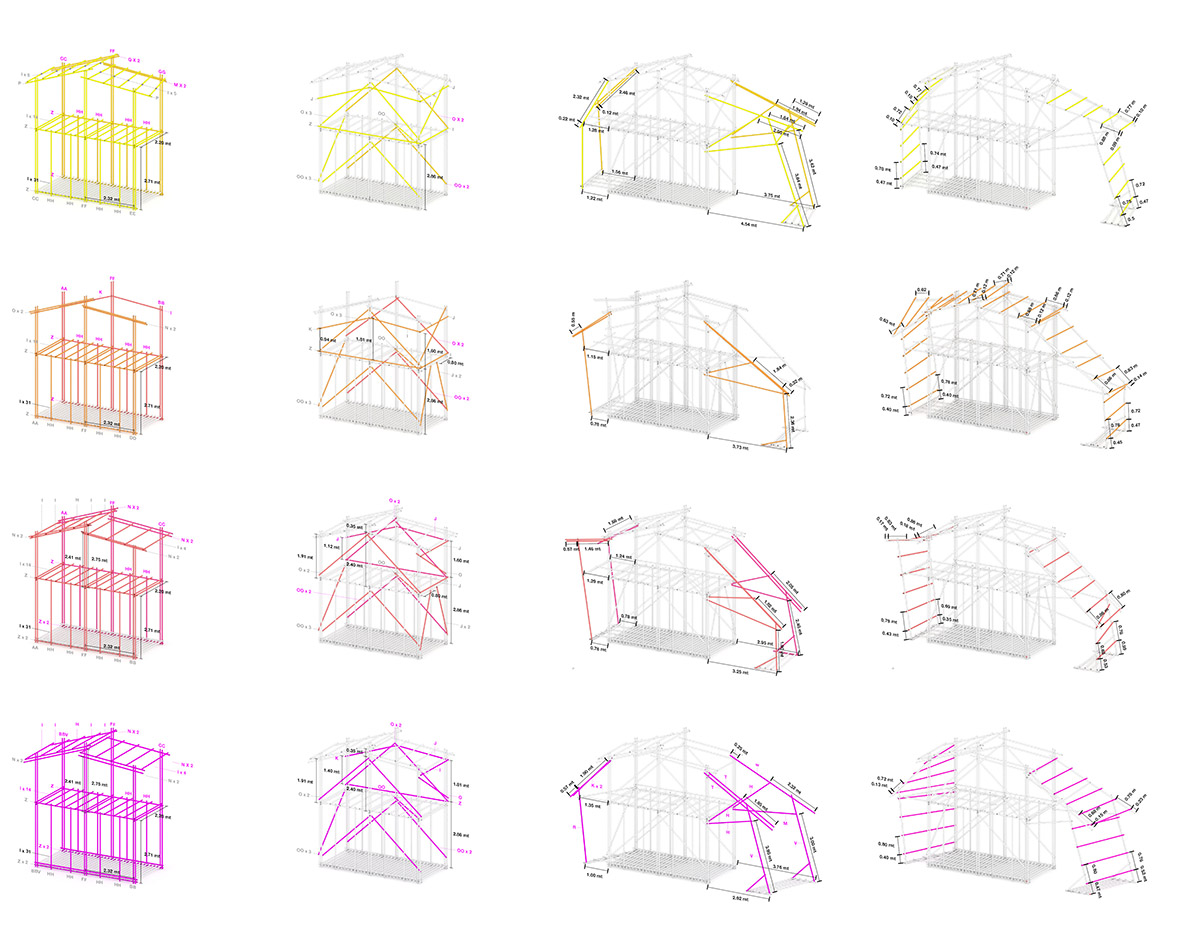
Compiled construction drawings
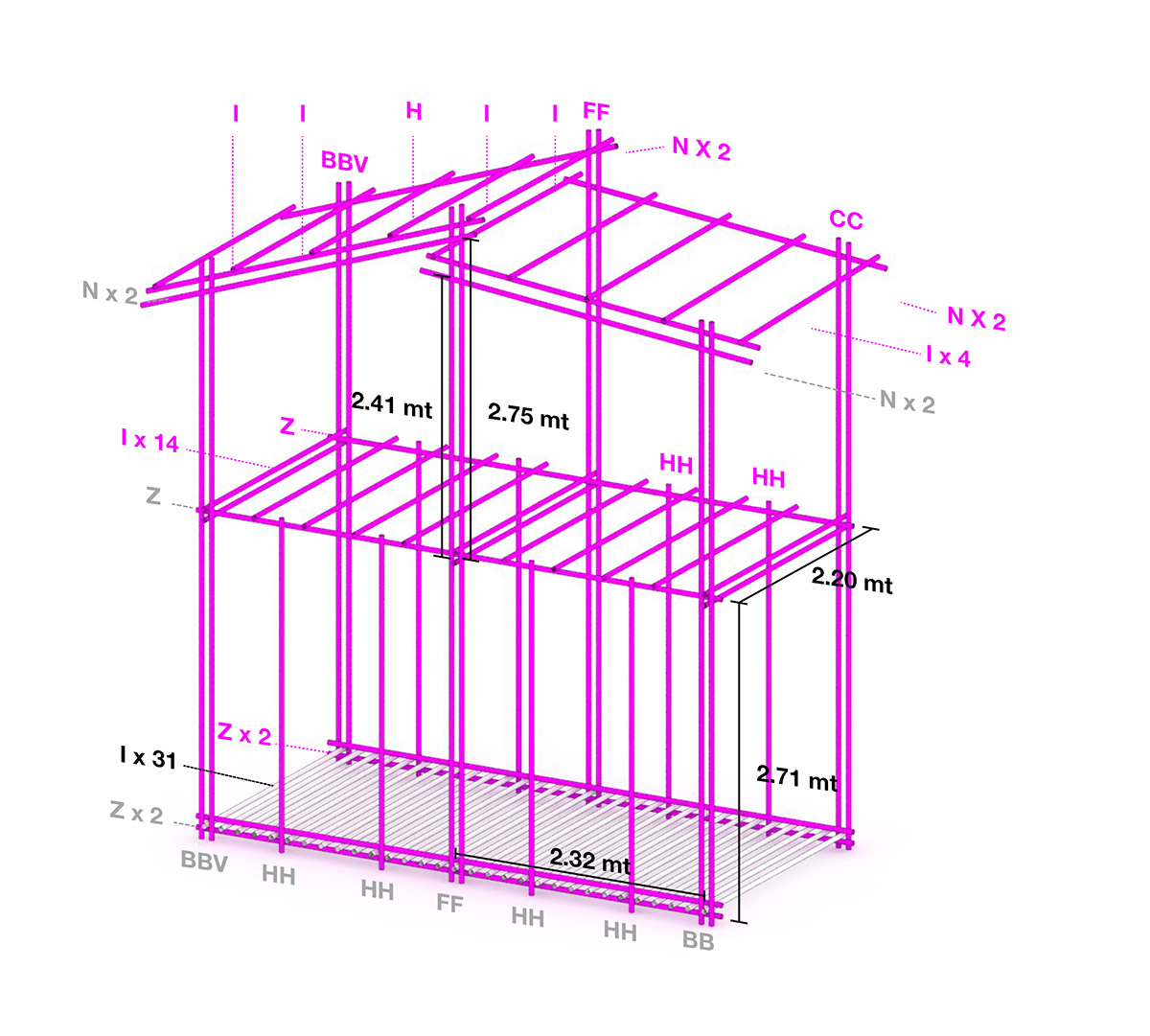
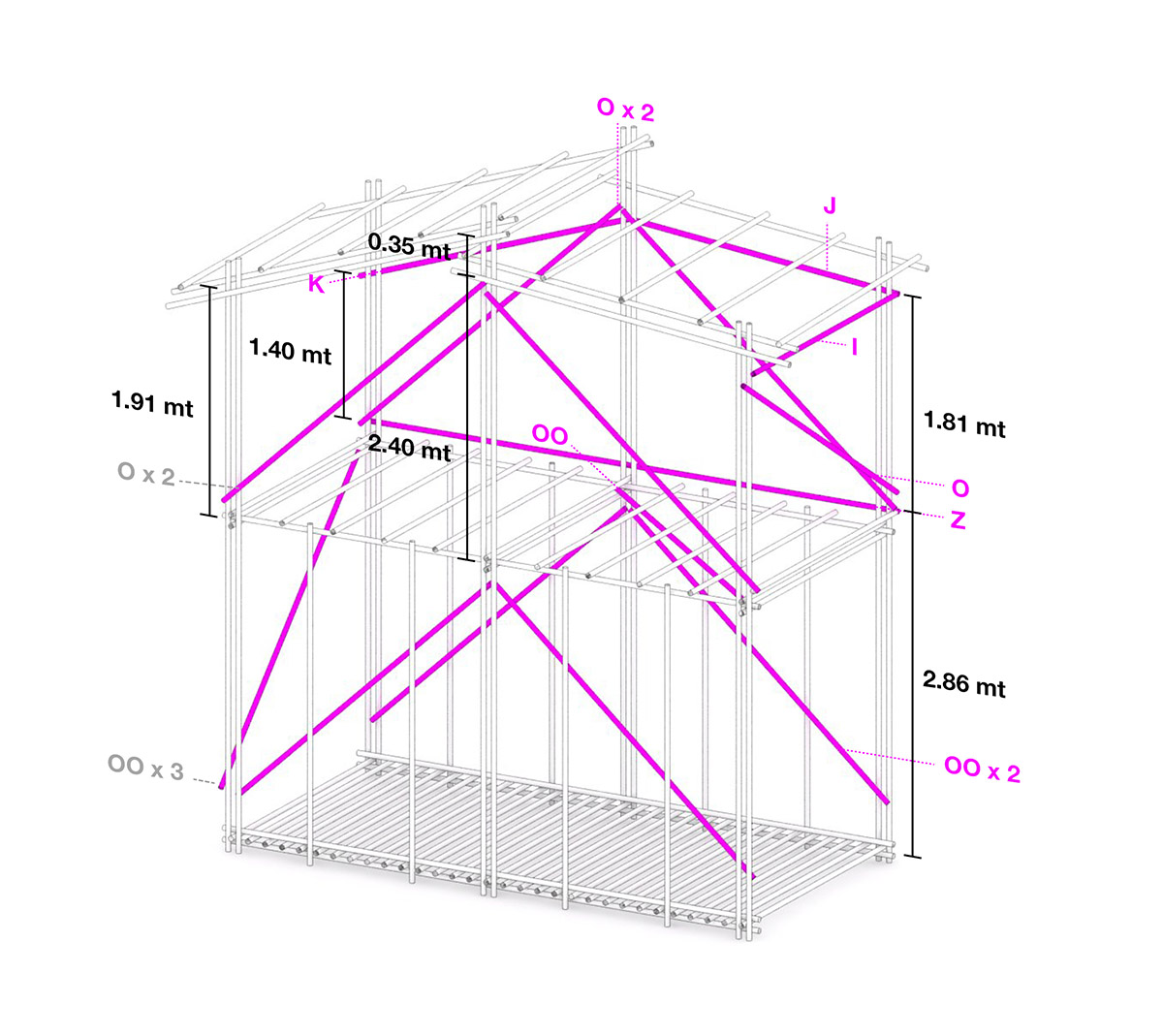
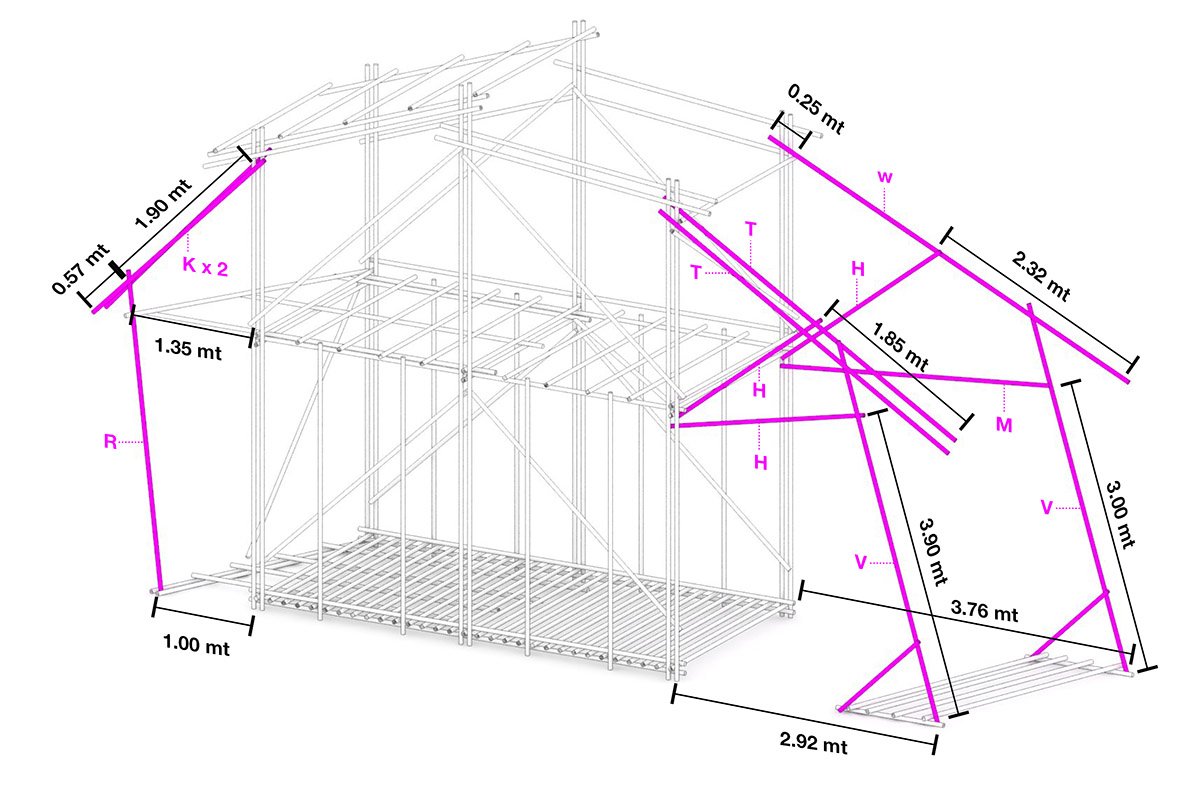
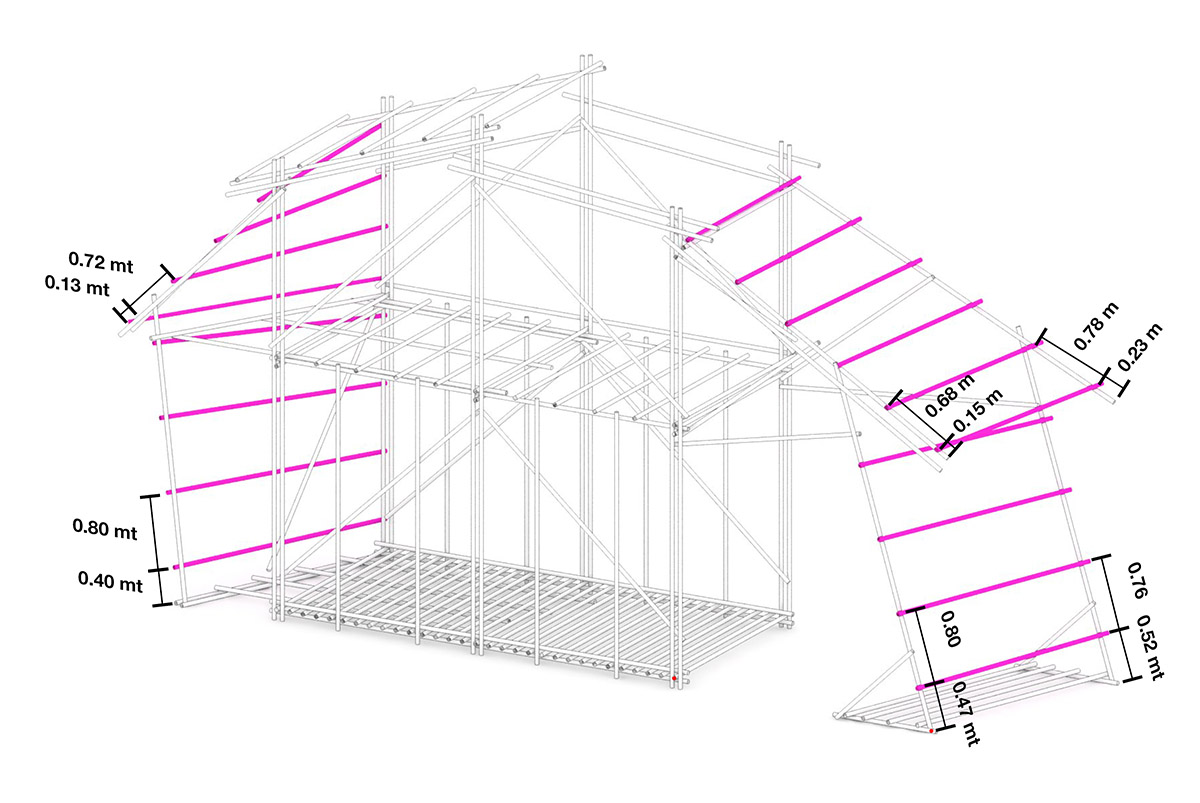
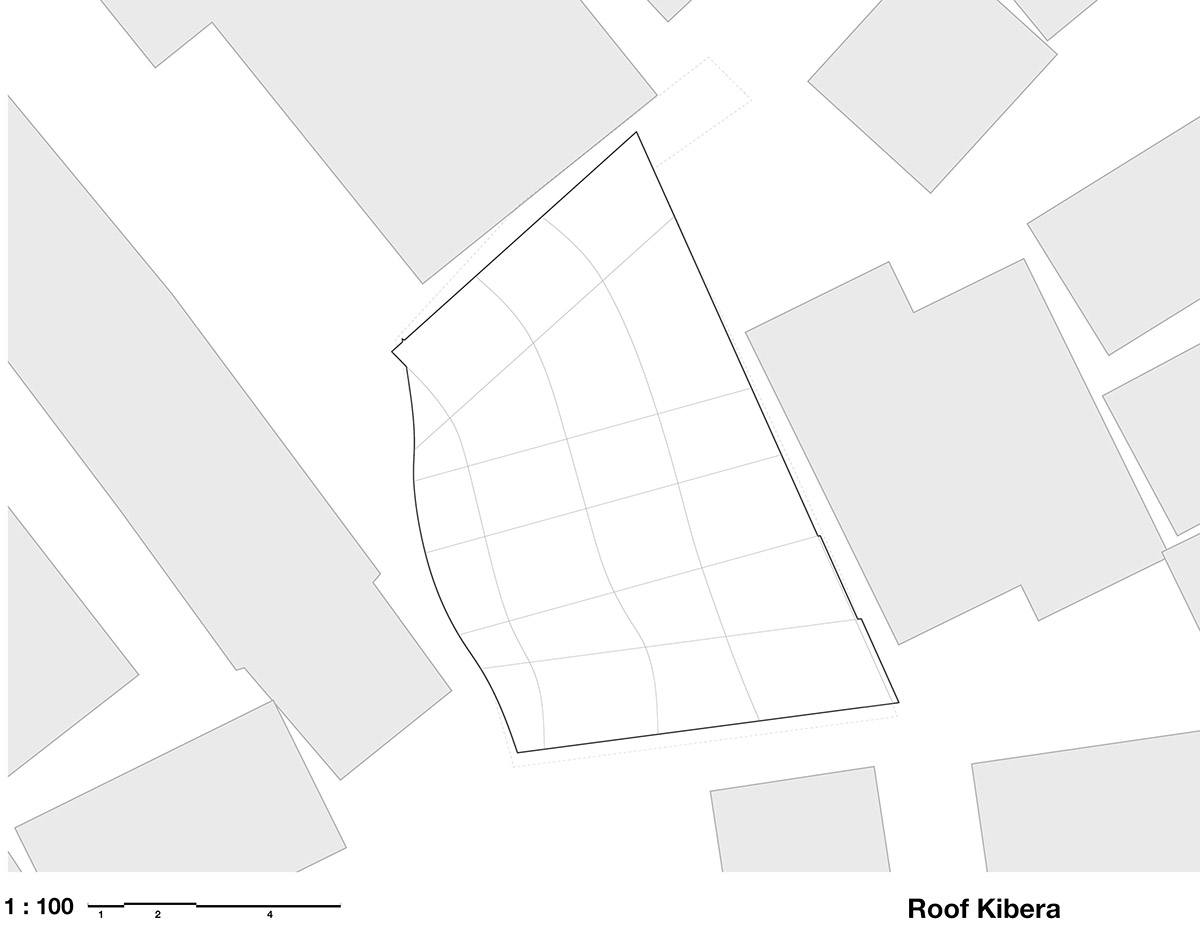

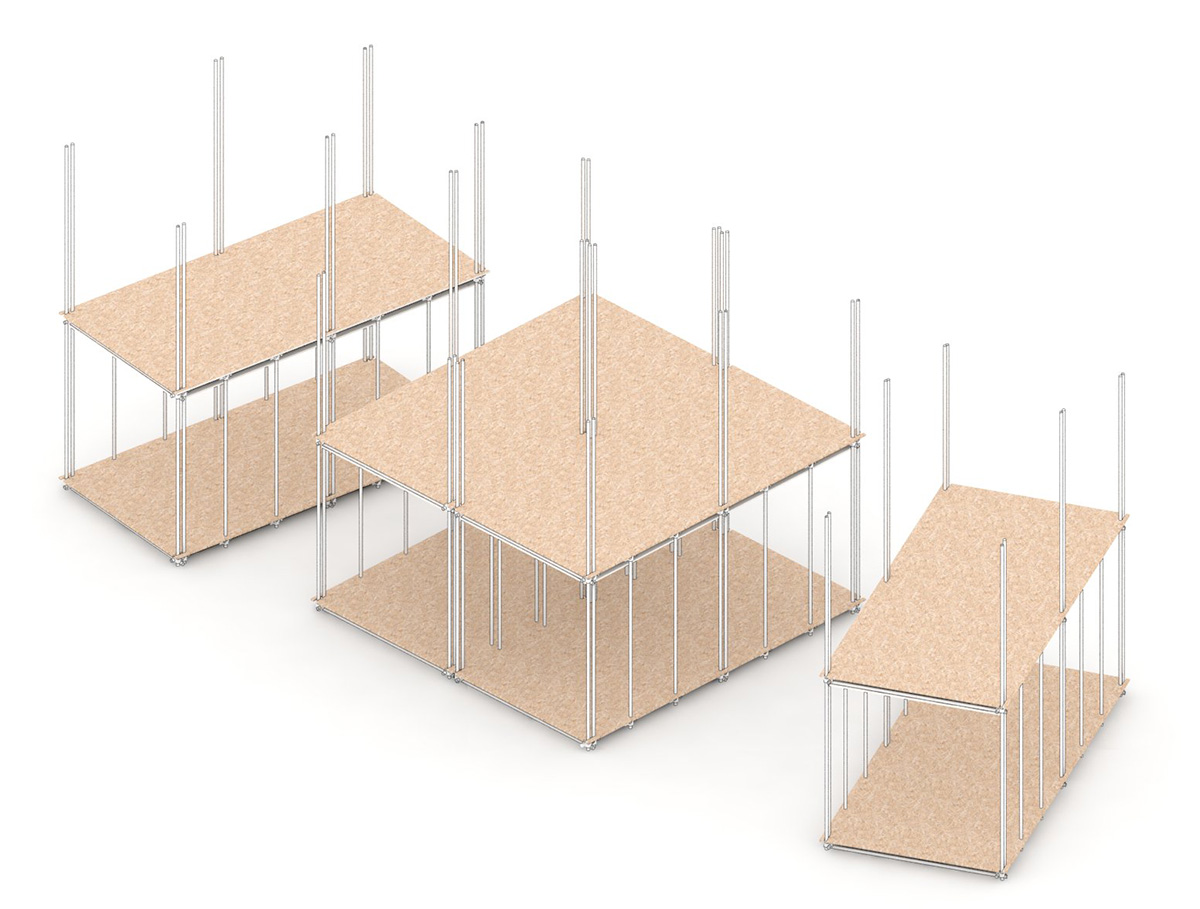

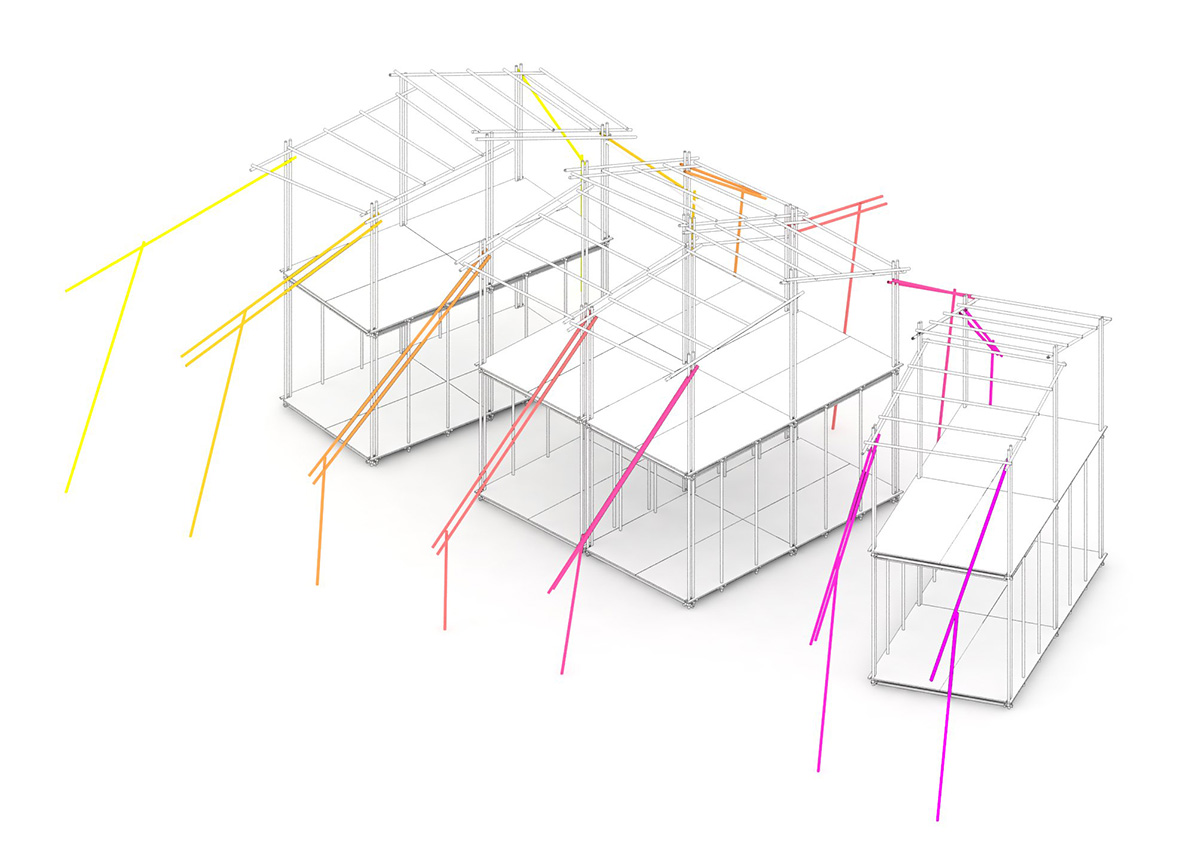
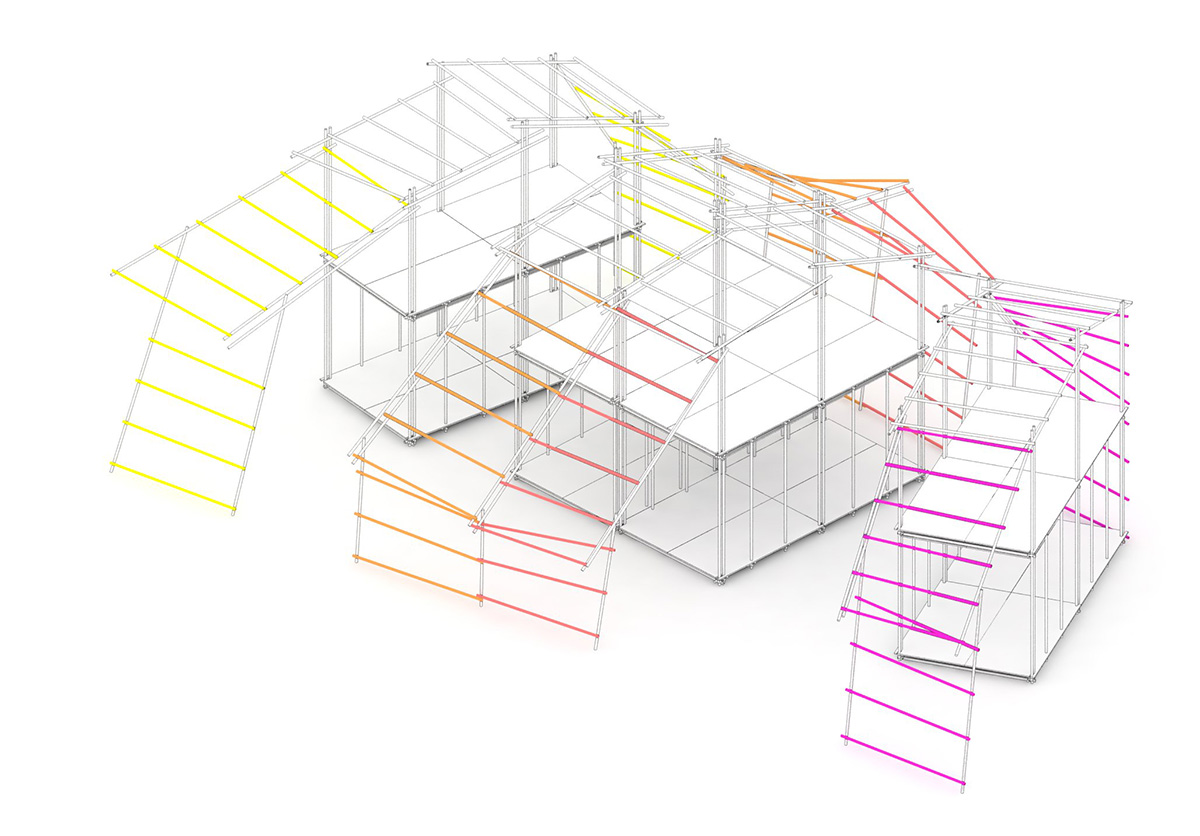
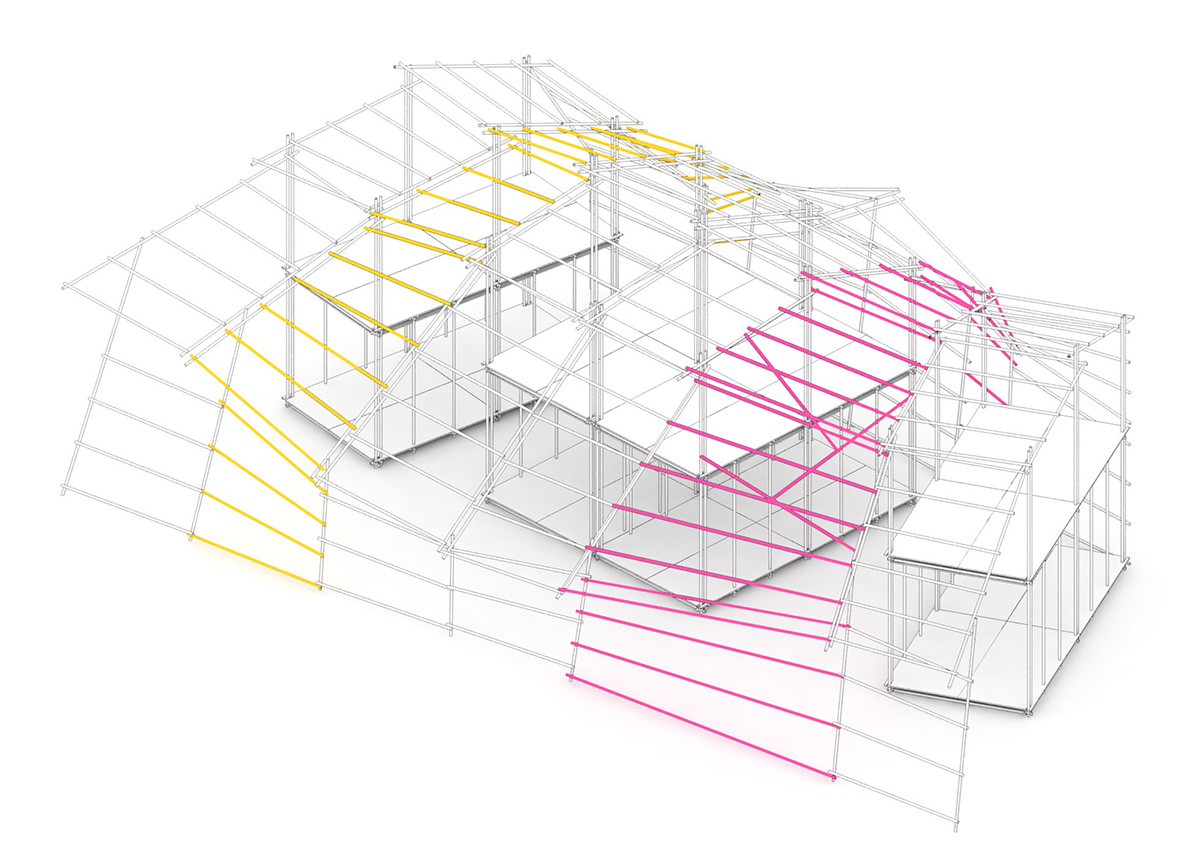
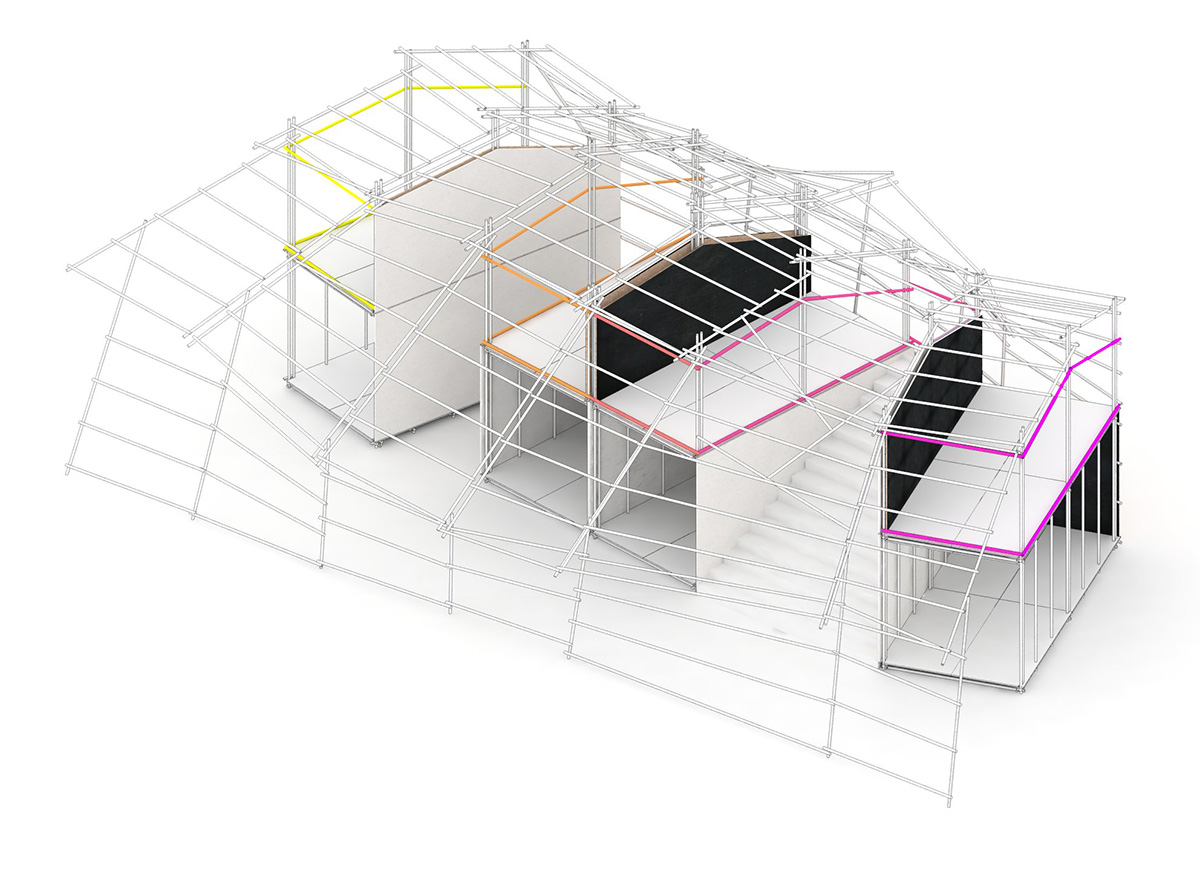
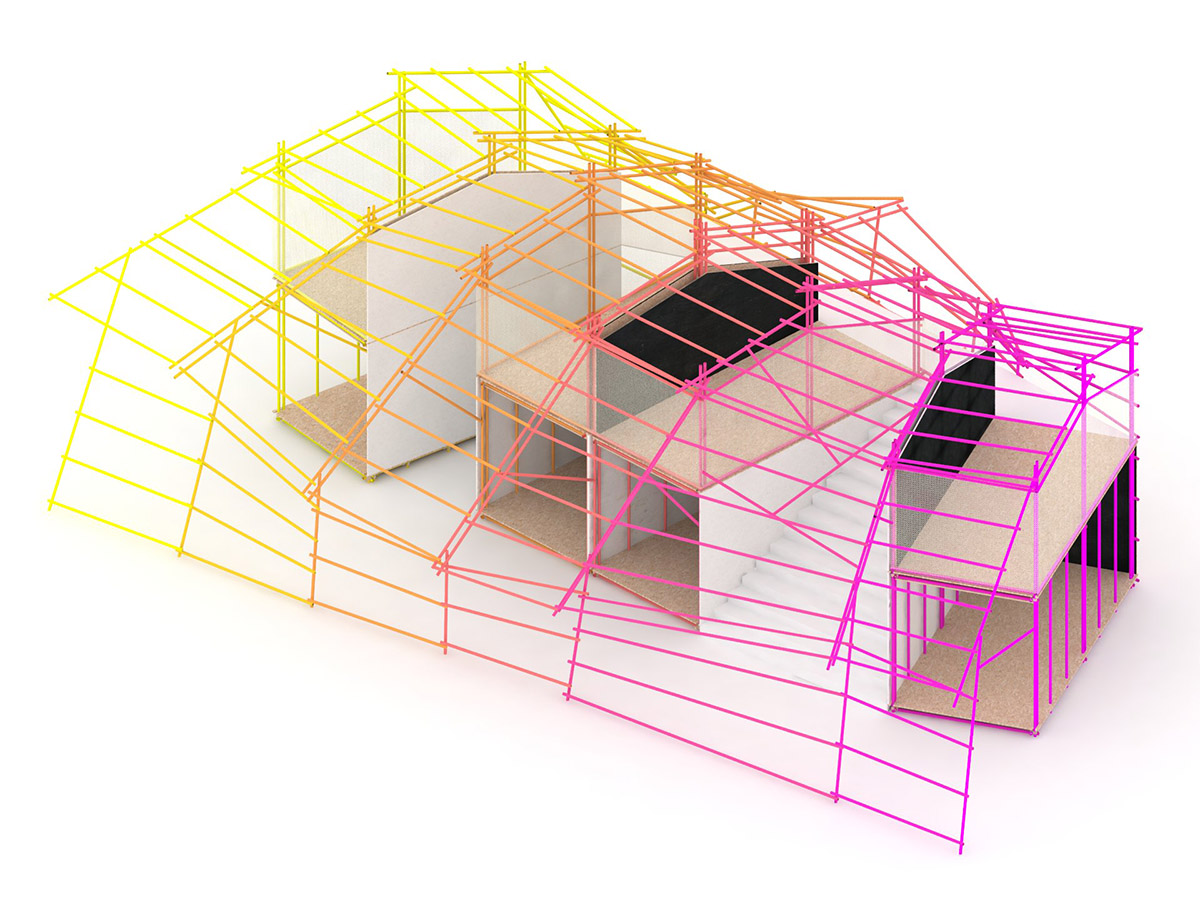
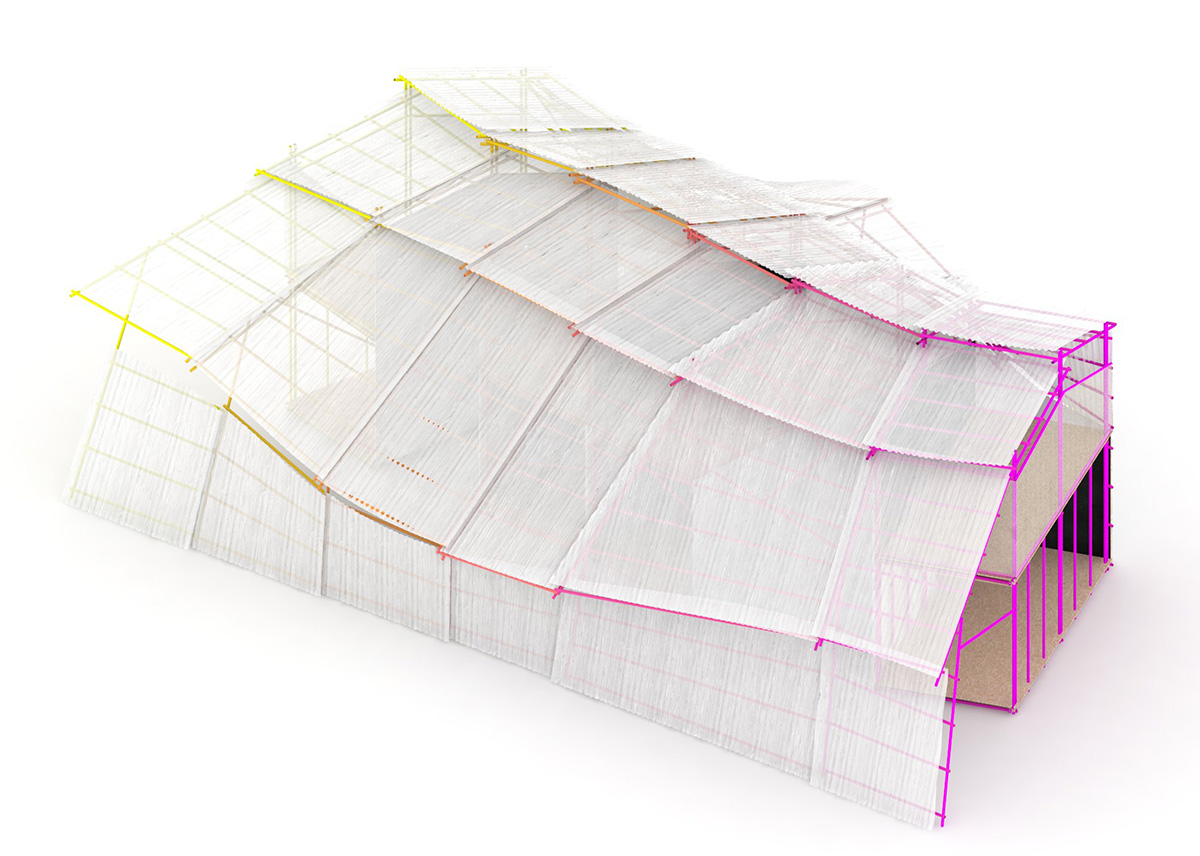
Last year, Selgascano completed the Libreria in east London, embracing the concept of 'traditional bookstores' with no-phone policy. Spanish architecture studio Selgascano + Stockholm-based architecture firm Urban Design released a new mixed-use building located in Stockholm, which will provide a working environment for 1800 people, as well as a democratic meeting space for civil servants, politicians and the public to discuss the future development of the city. Selgascano also designed the 2015 Serpentine Pavilion in London.
All images © Iwan Baan
All drawings and illustrations © Selgascano+Helloeverything
> via Selgascano
